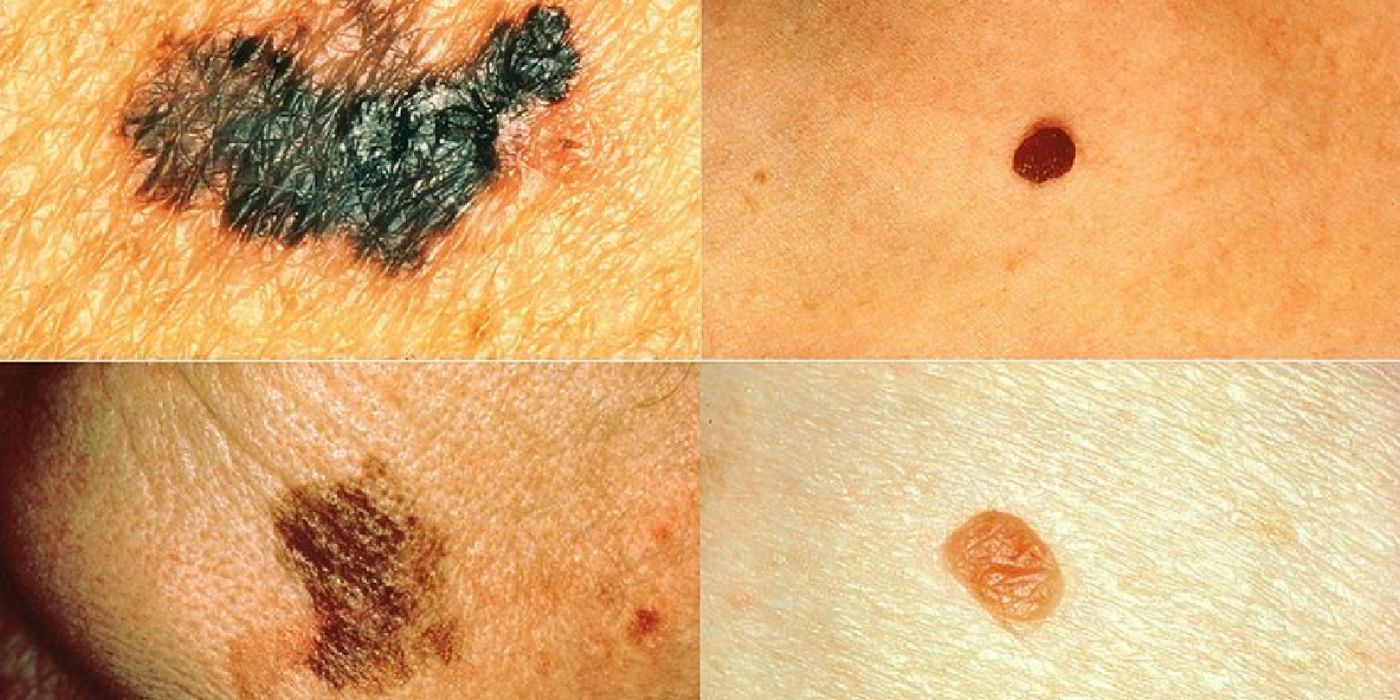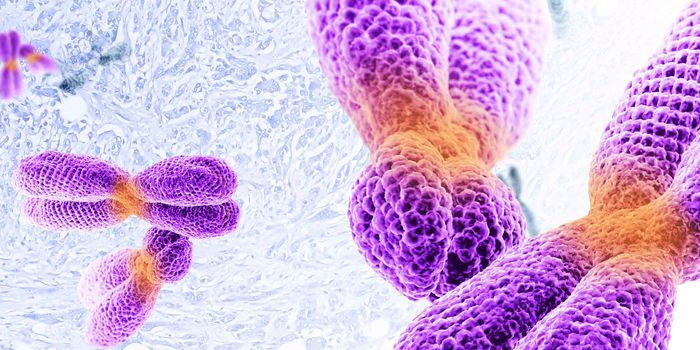Study Reveals a Hidden Gene Target For Melanoma
Virtually every type of cancer has metastatic potential – that is, the tumor cells can leave its original site and colonize other organs in the body. In the case of melanoma, metastasis could mean cancer invasion into vital organs like the lungs, liver, and brain – all of which decreases the likelihood of a favorable outcome. By focusing on how melanoma tumors grow and spread, researchers from the University of Massachusetts Medical School (UMMS) in Boston have identified a new gene target, a discovery which may lead to new, more effective drugs against the disease.
Melanoma is a deadly form of skin cancer caused by ultraviolet radiation damages to the skin cells. According to the World Health Organization, between 2 and 3 million people worldwide have skin cancer. And of that, about 132,000 people have melanoma. The incidence of skin cancer is only rising, as experts believe the depletion of the ozone layer will result in an additional 300,000 new cases every year.
"Although new therapies have shown effectiveness against melanoma, a majority of patients either do not respond to these therapies or develop resistance," said Dr. Craig Ceol, the study’s senior author.
Ceol and his team focused their attention on genes that gave melanoma cells the edge during the development of the tumor. Using a zebrafish model, screening efforts led to the identification of 374 genes suspected to be involved in melanoma formation. The team then whittled the list down to one key genetic candidate: GDF6, also known as growth differentiation factor 6.
As its name implies, GDF6 is involved in cell growth and differentiation. Specifically, the team found that GDF6 turned off two genes, MITF and SOX9, which help cells to adhere to the normal cycle of growth, maturation, and death.
"MITF is a master regulator of cell differentiation in melanocytes, which are the cells that form melanin pigment in the skin,” said Ceol. "By turning off MITF, GDF6 keeps the cells from differentiating. Instead of differentiating, the cells keep dividing. Additionally, GDF6 also represses the expression of SOX9, which helps keep these melanoma cells alive."
Knowing the role of GDF6 in melanoma growth is a crucial missing piece of the puzzle, according to the team. "This is important because it means melanoma cells are dependent on GDF6 for survival," said Arvind Venkatesan, the study’s lead author. "Without GDF6, melanoma cells do not survive."
"What is so exciting about this discovery is that it opens up a completely new therapeutic target for investigation. None of the current therapies on the market target GDF6 or its pathway. For patients with very aggressive or treatment-resistant forms of this cancer, this is very important,” addedCeol.
The team is currently testing the effects of drugs that target GDF6 in melanoma cells. Furthermore, they hope to combine these targets with existing therapies in the hopes of augmenting anticancer effects and achieving better outcomes for patients.
Of note, the Melanoma Research Foundation recommends an easy-to-remember guide when self-examining for skin cancer. Just follow the ABCDEs:
A: Asymmetrical shape -- Typically, non-cancerous moles have smooth, even borders. Melanoma lesions usually have irregular borders that are difficult to define.
B: Border -- Melanoma lesions usually have irregular, roughened borders that are difficult to define.
C: Color -- The presence of more than one color (blue, black, brown, tan, etc.) or the uneven distribution of color can sometimes be a warning sign of melanoma. Benign moles are usually a single shade of brown or tan.
D: Diameter -- Melanoma lesions are often greater than 6 millimeters in diameter (approximately the size of a pencil eraser).
E: Evolution -- The evolution of your mole(s) has become the most important factor to consider when it comes to diagnosing a melanoma. Knowing what is normal for YOU could save your life. If a mole has gone through recent changes in color and/or size, bring it to the attention of a dermatologist immediately.
In addition to regular self-exams, the American Academy of Dermatology also recommends the liberal use of sun protection. This includes limiting skin exposure to the sun’s rays, particularly between the hours of 10 AM to 2 PM, when the sun’s rays are the strongest. Furthermore, any skin exposed to the sun should always be protected with broad-spectrum sunscreen with an SPF of 30 or higher.
Additional sources: MNT









